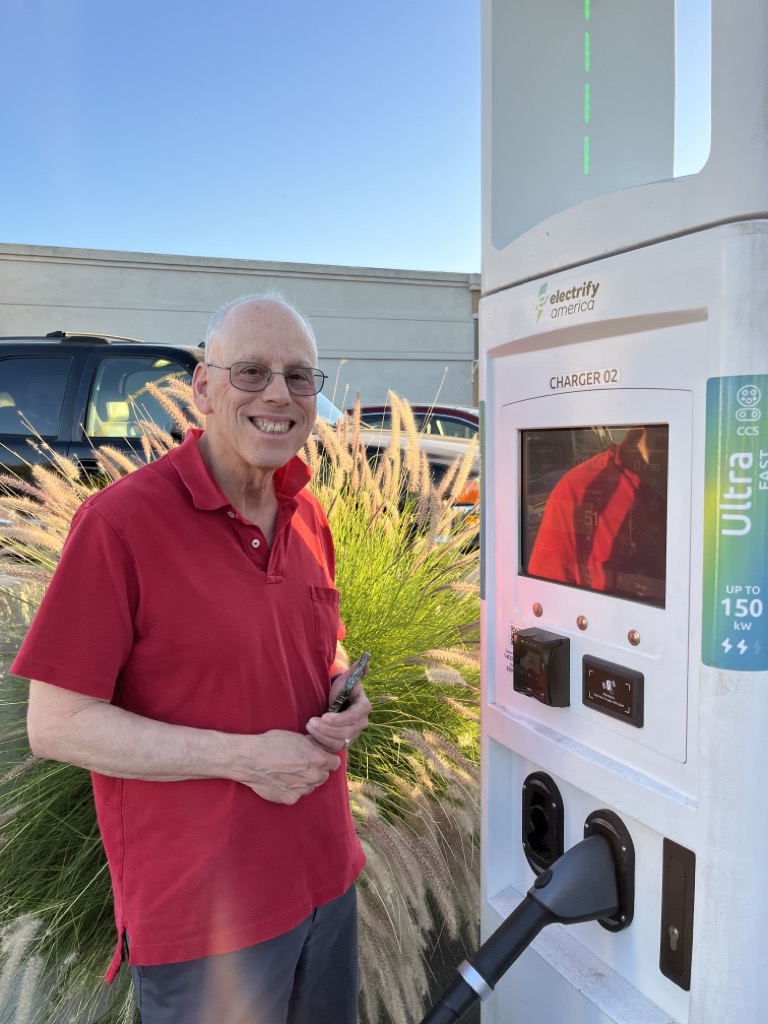One of the reasons I liked the EV-6 when I test drove it is that driving it isn’t markedly different than driving other cars: the speedometer is in front of you, not on the right; there are knobs and buttons to do things, not just menus and joysticks; CarPlay works.
But that doesn’t mean I don’t have a lot to learn.
The EV-6 is a few inches bigger in all dimensions than the Subaru. That makes it a little harder to get in to and out of the garage, but not impossibly so – but it does mean that the Parking Distance Warning system goes crazy because there isn’t a lot of room to spare. Today I found out how to shut off the system (it’s a button right by the gearshift) and now I can get in and out of the garage in peace.
The garage door is barely tall enough to clear the trunk lid when it’s fully opened, and if I’m not careful in lining up the car, the lid would hit the door hardware when it opens on its own. But I just discovered how to limit how far the lid opens, which should solve that problem.
I am very glad we got the Technology Package, including front and side cameras and visible blind spot monitoring. The visibility on the driver’s left rear is not good; the camera makes all the difference. And the other cameras are a great help in parking, especially backing into a narrow spot (like the garage).
I wanted to try charging the car before I actually needed to fill it up, so I stopped at the EVgo charger near me. I couldn’t get it to work – and neither could the person trying to use the adjacent charger. But I did discover two interesting things about EVgo: they have time-of-day pricing in California, so charging the car between 4-9pm costs a good bit more than it does at other times. I also found out that AAA provides a free membership in EVgo’s plan, which means I won’t have to pay their per-session pay-as-you-go charge or a credit card surcharge.
Later, we went to an Electrify America charger to take advantage of Kia’s deal with them for 1000 free kilowatt hours; it took 18 minutes to add 30 kWh to the car (bringing it from 52% to 90%) and would have cost $14.75 without the deal. That’s enough energy to drive about 120 miles; the Subaru would have burned between 4 and 5 gallons of gas to drive that distance, or $20-$25. Electrify America doesn’t seem to have time-of-day pricing, either.

So much to learn!